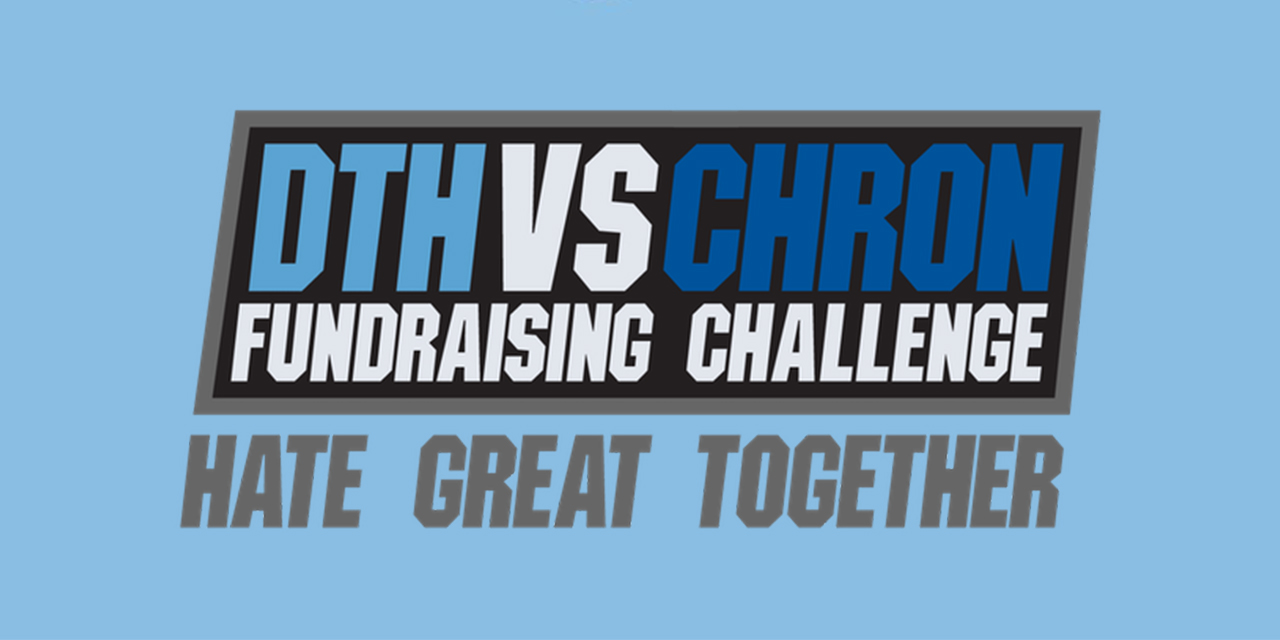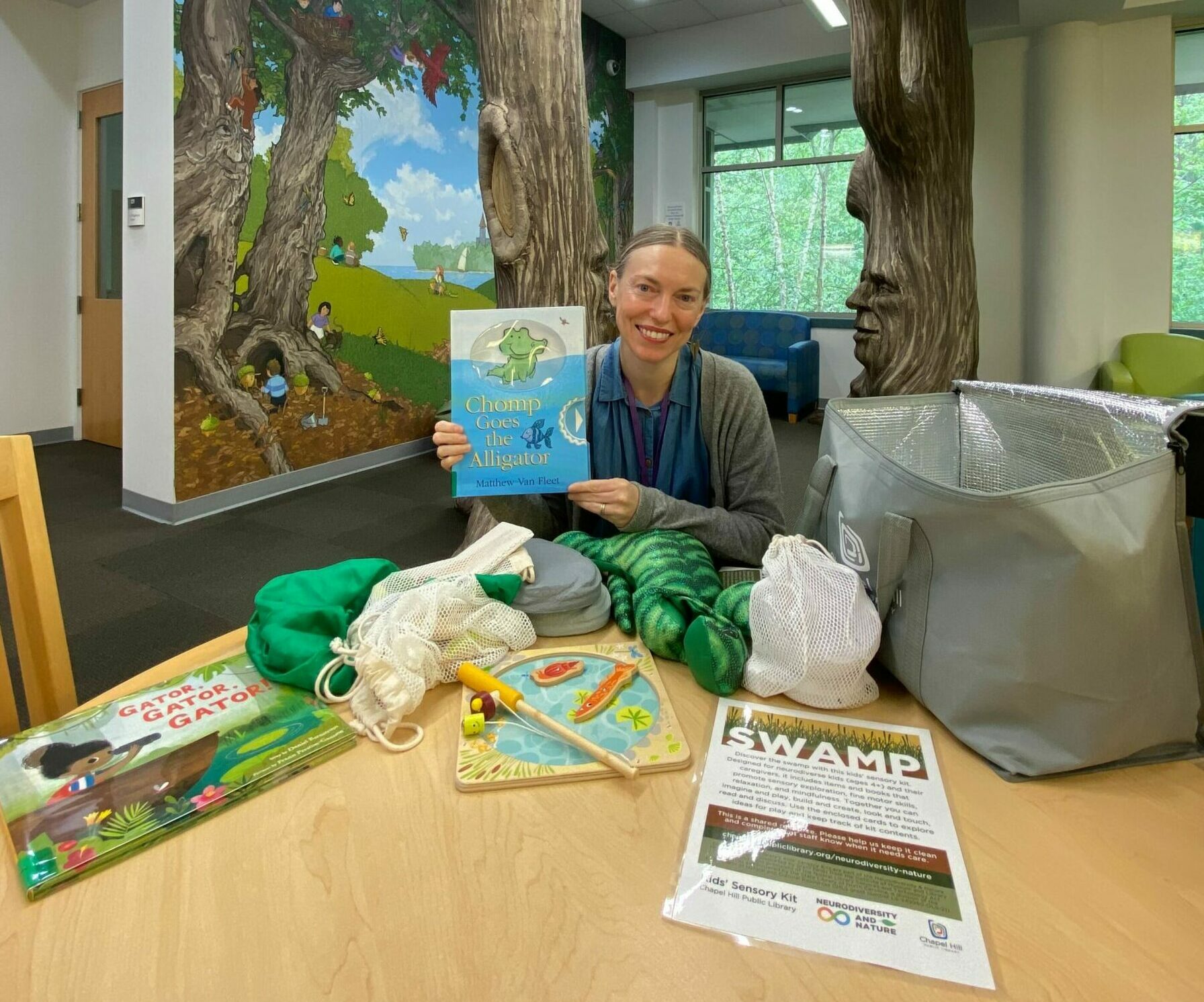UNC’s Frank Porter Graham Child Development Institute is launching a project called The National Clearinghouse on Autism Evidence and Practice. The project will review thousands of research articles about children with autism to narrow down most effective practices.
FPG advanced research scientist and director of the National Clearinghouse on Autism Evidence and Practice, Kara Hume, says that it is overwhelming for teachers, parents and community providers, to decide what intervention to choose for individuals with autism.
“If you, you know, google autism you’re going to get about three million hits I think on autism and intervention. So what we are trying to do is to narrow that search for parents, teachers, community providers, to help sift through that research and identify clearly for folks what works for whom and on what outcome you can expect changes,” said Hume.
According to Hume, a previous search project covers autism related literature through 2011 and directs people to 27 evidence based best practices through free online modules called AFIRM which has had great success in providing information to parents and teachers.
Evidence base practices include exercise, visual supports, peer mediated intervention and instruction and reinforcement. Educational coaches such as Yolanda Perkins take the evidence based best practices and train and work with teachers to implement them in the classroom.
A parent who has used AFIRM, Krista Lee, said the practices essentially fixed the problems for her child.
“For my son it’s been wonderful because there is so much out there, and they’ve taken these 27 practices and just last year found three that were perfect for my son. So the educational coach worked with the teachers and his team, not just his teacher but speech pathologist, occupational therapist and others in the school to guide him in the skills that he needed help with and specifically,” said Lee. “It’s just been really great for him to improve his skills and actually meet IEP goals and not need help in those areas”
Hume said that the implemented practices not only help the quality of life for children with autism but can also reduce the lifetime cost of autism, which can cost between $1.4 to $2.4 million per diagnosis, depending on the severity.
“Our hope and what we hear from parents and teachers is that these best practices are implemented they’re seeing a reduction in some of the symptom severity, they’re seeing increasing in dependence which thus will allow for greater independence as they get older and hopefully are able to be employed and live in a setting that work best for them,” said Hume.
However, autism research changes quickly. Hume said there have been 29,000 new articles published related to autism just in the last six years, and it’s important to keep the literature current and update the online modules with new identified best practices.
In order to fund the project, a fundraising goal has been set to help pay the salaries of 150 reviewers’ to go through new articles, instructional design, IT support for new online modules and keeping those modules free of charge.
“We have been offered by the Organization for Autism Research $25,000 once we meet our fundraising goal of $75,000 so that will put us at $100,000, which will help us to finish this new review, build new materials for practitioners and families and our long term goal is to really extend this,” said Hume. We don’t know anything about what works for adults and we know very little about what works in other areas like health and psychopharmacology.”
Hume said the modules have had a worldwide impact with users in 150 countries, over 3 million hits online and almost 40,000 registered users.
To donate to the cause and for more information click here.












